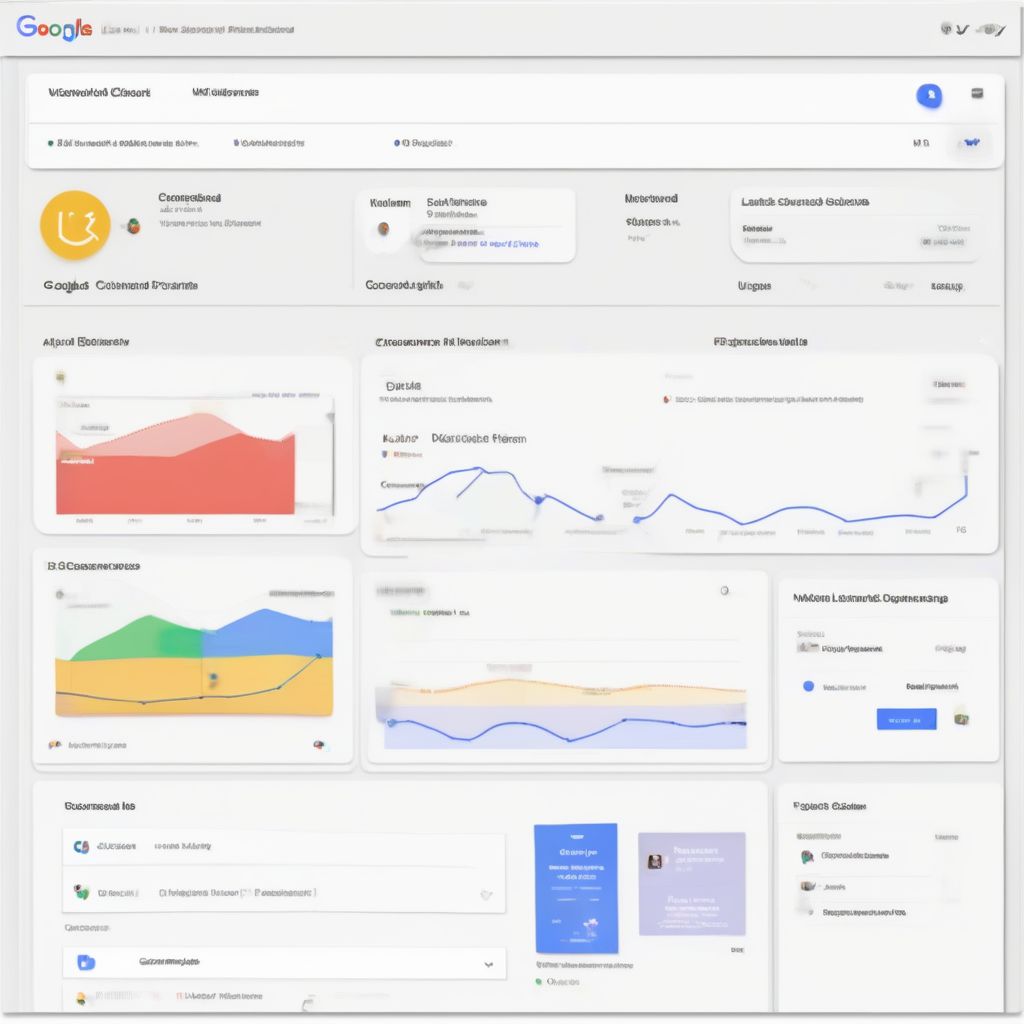Imagine moving all your belongings to a new home. Sounds daunting, right? Now imagine moving terabytes of data to a new cloud environment. That’s where Cloud Data Migration Tools come in, acting as your trusty moving van and team combined.
These tools streamline the process of transferring data from your on-premises servers or one cloud platform to another, minimizing downtime and reducing the risk of data loss. But with so many options available, choosing the right tool for your needs can feel overwhelming.
This comprehensive guide will walk you through everything you need to know about cloud data migration tools, helping you make an informed decision for your business.
What are Cloud Data Migration Tools?
In essence, cloud data migration tools are software solutions designed to move large volumes of data to a cloud environment securely and efficiently. They automate the process, minimizing manual effort and reducing the likelihood of errors. These tools offer a range of features, including:
- Data transfer: Moving various data types like databases, applications, and files.
- Data transformation: Converting data formats to match the target cloud environment.
- Data validation: Ensuring data integrity during and after the migration process.
- Security: Encrypting data in transit and at rest to maintain data security.
- Monitoring and reporting: Tracking migration progress and identifying potential issues.
Why is Cloud Data Migration Important?
Moving to the cloud offers numerous benefits, such as scalability, cost-effectiveness, and enhanced agility. Cloud data migration is crucial to unlock these advantages and empower businesses to:
- Modernize infrastructure: Replace outdated legacy systems with modern cloud solutions.
- Enhance scalability and flexibility: Easily adjust resources based on changing business needs.
- Reduce IT costs: Lower capital expenditure on hardware and maintenance.
- Improve disaster recovery and business continuity: Leverage cloud-based backup and recovery solutions.
- Boost collaboration and productivity: Provide teams with easy access to data and applications.
Key Considerations When Choosing Cloud Data Migration Tools
Selecting the ideal cloud data migration tool for your needs requires careful consideration of several factors:
1. Types of Data to be Migrated
Different tools excel at handling specific data types. Identify whether you need to move structured databases, unstructured files, applications, or a combination thereof.
2. Source and Target Environments
Determine where your data currently resides and your desired cloud platform. Ensure the chosen tool supports both environments.
3. Migration Complexity and Downtime Tolerance
Evaluate the volume of data, network bandwidth, and acceptable downtime window to choose a tool that aligns with your requirements.
4. Security Requirements
Prioritize tools that offer robust security features, including data encryption at rest and in transit, access control, and compliance certifications.
5. Budget and Pricing Models
Compare pricing structures, such as subscription-based or usage-based models, to select a solution that fits your budget.
Top Cloud Data Migration Tools in the Market
The market offers numerous cloud data migration tools, each with unique strengths and weaknesses. Here are a few popular options:
1. AWS Data Migration Service (AWS DMS)
As a managed service offered by Amazon Web Services, AWS DMS simplifies database migration to AWS. It supports homogeneous migrations (e.g., Oracle to Amazon Aurora) and heterogeneous migrations (e.g., Microsoft SQL Server to Amazon RDS for PostgreSQL).
2. Azure Migrate
Microsoft’s Azure Migrate provides a comprehensive set of tools for migrating on-premises workloads to Azure. It offers discovery, assessment, and migration capabilities for servers, databases, web applications, and virtual desktops.
3. Google Cloud Migrate
Google Cloud’s migration toolset, Cloud Migrate, offers a unified platform for migrating VMware workloads, physical servers, and other cloud environments to Google Cloud.
4. Cloud Volumes ONTAP
NetApp’s Cloud Volumes ONTAP provides a data management platform for seamless data migration, replication, and backup across on-premises and cloud environments.
cloud.mualaptophanoi.com/wp-content/uploads/2024/07/cloud-data-migration-tools-66a9b6.jpg" alt="Cloud Data Migration Tools" width="1024" height="1024">Cloud Data Migration Tools
Frequently Asked Questions About Cloud Data Migration Tools
1. How long does cloud data migration take?
The duration varies depending on factors like data volume, network speed, migration tool efficiency, and the complexity of the environment.
2. What are the common challenges of cloud data migration?
Challenges include data security concerns, potential downtime, compatibility issues, unexpected costs, and the need for skilled personnel.
3. What is the difference between cloud data migration and cloud data integration?
Data migration involves moving data from one location to another, while data integration focuses on connecting data from different sources to create a unified view.
Conclusion
Migrating data to the cloud is a strategic move for businesses seeking enhanced scalability, cost-efficiency, and agility. Selecting the right cloud data migration tools is paramount for a smooth and successful transition.
By carefully assessing your specific needs, considering the factors outlined in this guide, and exploring the available tools, you can confidently embark on your cloud journey and unlock the transformative power of the cloud.
Let us know in the comments below if you have any questions or need further assistance with cloud data migration! Share this article with your network and explore more insights on our website.


